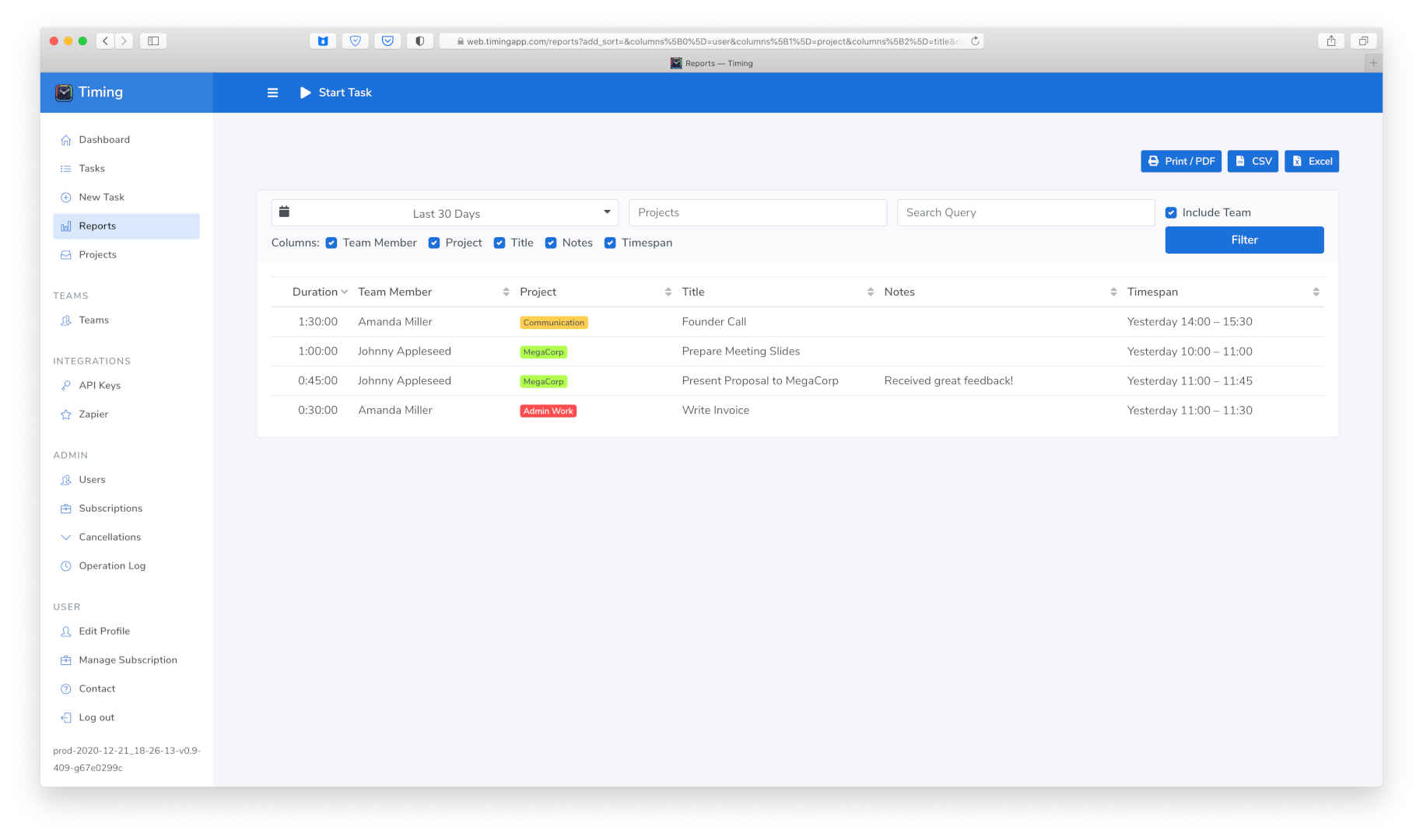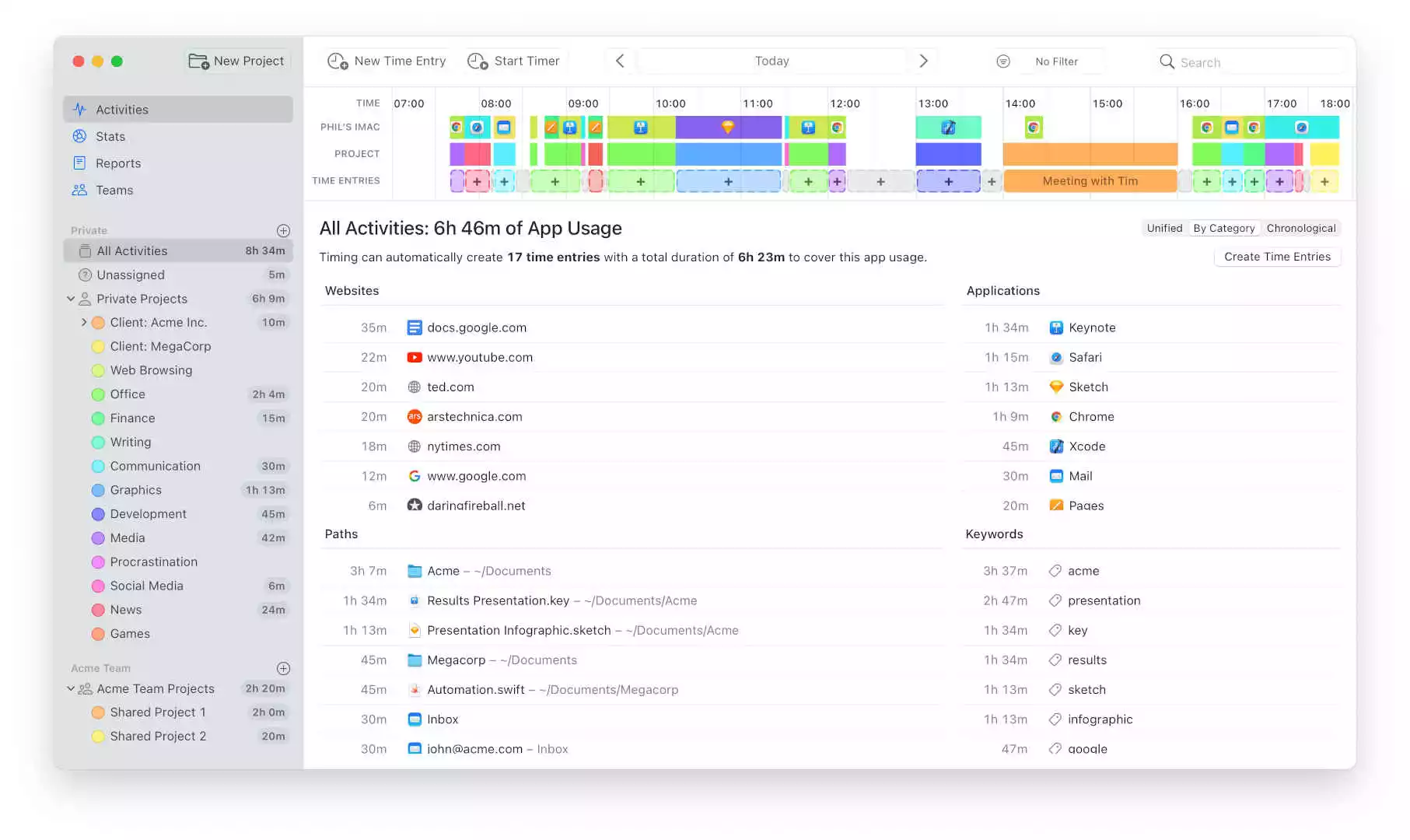What it Means to Be an Autonomous Team and 10 Steps to Create Team Autonomy

Steve Jobs famously said, “It doesn’t make sense to hire smart people and tell them what to do; we hire smart people so they can tell us what to do.”
Lee Iacocca shared a similar view: “I hire people brighter than me and get out of their way.”
Whether you’re building an internal team or hiring external contractors, you can often create a significant impact on your business by giving great people the freedom to solve problems in their own way. They produce better results, create more efficiencies, enable innovation, and overcome challenges in ways you might not otherwise.
But to get the most value out of great people, you must give them autonomy. With autonomy, they will work to their potential, and your business will reap the benefits of their knowledge and experience.
This article provides an overview of what it means to be an autonomous team. We discuss the characteristics of autonomous teams and offer some critical steps to create your own.
Whether you’re building an internal team or hiring external contractors, you can often make a more significant impact on your business by giving great people the freedom to solve problems in their own way. Share on X
What is Team Autonomy?

Before you can implement autonomy in your team, it’s essential to understand what it is and how it works.
Autonomy refers to the freedom your team members have to perform their jobs. It relates to their ability to set their own pace, process, and workflow without micromanagement. For instance, an autonomous team may receive direction to improve a particular metric but the freedom to decide how to address that number.
One significant advantage of autonomous work is the ability to change direction quickly. Since autonomous teams don’t have to wait for anyone’s permission, they can respond to new information and make rapid decisions.
If you create a team with great people but regiment their work and micromanage their projects, your systems will limit their results. They’ll never have the opportunity to use their expertise to its potential, nor will they improve. For instance, if you hire an experienced social manager but tell him precisely what to post, you’ll never get the value of his experience.
Autonomy does not mean working in isolation. Your autonomous team should work closely together, alongside other teams, and under the general supervision of managers. They should have freedom regarding their work and may have the authority to determine what to work on, but they shouldn’t be alone.
Furthermore, autonomous work is not a “free for all.” Teams receive general guidelines to abide within. They have to produce something for the organization. Big tech companies often create teams of people who can work on whatever they like, but those team members must still comply with guidelines that govern their work.
Characteristics of an Autonomous Team

What does an autonomous team look like? They typically embody these qualities:
High Motivation
Since there’s no ever-present authority guiding an autonomous team, the team needs to be able to motivate itself. They set and manage their own schedules. They meet their own deadlines. They take the initiative to complete tasks and ensure their work meets company standards. They often create their own systems, workflows, and processes to streamline their work.
Highly motivated people also tend to think deliberately about how they work. They embrace organizational technologies, like project management, code repositories, digital employee experience software, and other tools that make work efficient and straightforward.
Open Communication
Autonomous teams can’t be effective unless they communicate liberally with each other. They’re good at keeping each other informed and centralizing information, so it’s accessible to everyone. They speak openly and directly (but not rudely) to one another at all times to minimize confusion. They share ideas, offer constructive criticism, and share generous feedback.
Strong Relationships
Autonomous groups work best when the individual team members trust one another and work in a healthy, positive environment. They become capable of sharing ideas freely. They understand each other’s strengths and weaknesses. They define roles, delegate tasks, give feedback, and resolve disagreements without conflict.
Better Results
Autonomous teams generally perform better. In a Harvard Business Review study, teams that received autonomy (with some boundaries) were 50% more likely to succeed than teams with no autonomy, especially when they were allowed to choose their teams and implement their own strategies.
What’s the cause of this? Researchers in the study believe that autonomous teams could align their ideas with the strengths of their team members. They tended to pick the solutions they could implement the best. These teams felt sure and confident about their work, which undoubtedly affects performance.
Higher Morale
That same Harvard study also discovered that people who work on autonomous teams are generally happier with their work. When people are allowed to follow their ideas and choose their teams, they enjoy their environment.
Achievement is also a big component of morale. In an autonomous environment, teams focus on achieving goals rather than simply performing tasks. This focus creates a positive impact on job satisfaction.
Challenges of Autonomous Teams
While we think autonomy is a vital tool to produce the best results in your team, it’s not without some challenges. These challenges are important to understand so you can prepare to overcome them.
No Central Authority
Without a central authority figure, some autonomous teams waste time and energy debating ideas and establishing workflows. Sometimes, members of the team compete for leadership. If your team devolves into these struggles, you may need to designate a leader who makes final decisions. Be careful that you don’t grant the leader so much power that the team is no longer autonomous.
No Accountability or Oversight
Since autonomous groups work with minimal supervision, they might underperform without anyone noticing. For example, suppose a group has three months to achieve a goal, but they encounter a critical obstacle in the first month that makes their timeline impossible. An involved manager would become aware of the barrier and make changes to the project. In an autonomous setting, however, the manager wouldn’t be aware unless the group brought it to their attention.
Time tracking is a simple way to minimize these problems. It allows team leaders and managers to observe the team without interfering. With Timing, team administrators can see the aggregate times associated with team projects but not the times of personal activities or other private details. Administrators can not see the apps, documents, and websites their team members use (to preserve their privacy).

Want to learn more about tracking your team’s time? Check out our Complete Guide to Team Time Tracking.
10 Steps to Create Team Autonomy

Now that you understand what autonomy means and why it’s crucial for your team, let’s talk about some ways you can build an autonomous unit.
Step 1: Communicate Your Overall Vision
Since you expect your autonomous team to work independently, they must understand your organization’s broad vision. This understanding will help them align their work with your overall goals and practices.
For example, let’s say you put an autonomous design team in charge of creating a print campaign for a museum event. They need to understand your branding and target customers. They need to know about nonprofit laws or regulations that might affect their work. They even need to understand how the current event fits in with upcoming events so they can create a cohesive experience.
Give them all the information you can to help them do their job well. If they don’t understand your vision, there’s a good chance they will make choices you don’t appreciate.
Step 2: Hire People Who Can Work Autonomously
Some people are suited to an autonomous work style, while others are not. There’s nothing wrong with either type of worker, but candidates shouldn’t be on your autonomous team if they need constant direction and careful supervision. Focus on people who can make plans, solve problems, and achieve goals on their own.
If you plan to move people from other teams to your autonomous team, have a clear conversation about the team’s dynamic and what you expect. Some people will know right away that this level of autonomy won’t work for them, so you’ll want to place them in a non-autonomous environment.
When recruiting for your autonomous team, consider incorporating tools such as recruiting CRM software to streamline your hiring process. These platforms can help you identify candidates who possess the qualities necessary for autonomous work, such as initiative, self-motivation, and adaptability.
It’s essential to hire people who can work independently, solve problems, and achieve goals without constant supervision. To expand this team globally, leveraging a Global Employer of Record (EOR) service can simplify the hiring process across borders. A Global EOR ensures that your recruitment efforts comply with local employment laws, taxes, and benefits, allowing you to focus on finding candidates with the right skills and autonomy for success, no matter where they are located.
Step 3: Train Your Team to Be Autonomous
If you want to give your team autonomy but don’t think they are ready for it, you may find it helpful to offer some training. Help your team develop skills like collaboration, creating and sticking to timelines, project management, decision-making, and offering and accepting feedback. You may also find it helpful to run a test project to gauge whether your team is ready to tackle autonomous projects.
Step 4: Create Choice Within Boundaries
Like we said earlier, autonomy doesn’t mean letting your team do whatever they like. They need general boundaries to add value to your business. But within those boundaries, it’s important to give them the freedom to solve problems their way.
For instance, suppose you task an autonomous team with improving your ecommerce site’s conversion rate. That’s a general boundary. It would be their job to figure out how to boost that metric. They might experiment with several strategies before finding one that works.
Step 5: Provide Tools and Resources
If you expect your team to work autonomously, they need the right tools and resources to achieve their goals. These include the right people, technology, training, physical equipment, or anything else that can help them do their job.
As your autonomous team digs into their work, they may discover that they need resources you hadn’t planned to survive. Encourage them to come to you if they need more resources, but make it clear that you expect them to justify their requests.
Automatic time tracking is a powerful tool for autonomous teams. It gives them the power to review how they spent their time to make improvements and optimizations, which is crucial in an environment without much oversight. Timing automatically tracks work so your team can reproduce what they worked on at any point. Timing records it all. No start/stop timers are needed so they can focus on their best work instead.

Step 6: Give Them Plenty of Space
As a manager or team leader, it’s tempting to watch your team closely as they work. Naturally, you want to get the most productivity out of them as possible. You may also want to identify problems before they arise so you can correct their course.
But this doesn’t work with an autonomous team. Team members will stop being autonomous if you involve yourself too much with their day-to-day activities.
Instead, give them plenty of space. Let them choose their work schedules, time off, and work location (remote vs. in-person). If the team works in person, stay out of their workspace, even when facing challenges and obstacles. When you’re unavailable, it forces your team to solve problems independently, developing confidence and unique solutions.
This space is another area where time tracking offers powerful benefits. It’s a great way to oversee their work without interfering directly. Remember, time tracking is not about micromanaging. By reviewing their work, you can help them achieve higher productivity, higher work quality, and more work/life balance.
Step 7: Give Team Members Ownership
Ownership occurs when team members become emotionally invested in a project. They feel they have some claim to it, so they work hard to make it successful. For instance, if you start a team to create a new product, they’ll feel some ownership over it and work hard to make “their creation” successful.
Ownership is a powerful motivator, especially when team members see the projects they own as ways to improve themselves, their positions, and their careers. Before you assign projects to your autonomous team, consider how you can give them ownership.
Step 8: Create a Growth-Focused Environment
In order to grow, your team members will make mistakes. Mistakes come with a cost, but they are also the most effective way to learn. If you criticize or punish your team for making mistakes, they will avoid taking risks, exploring new ideas, or trying new things to prevent displeasure.
Create a growth-focused mindset in your team by giving them opportunities to make mistakes. When a mistake happens, help them grow from the experience by investigating what they learned and what they could do better next time. You should only take steps to intervene if they continue to make the same mistakes over and over.
Step 9: Support Professional Development
If you want your team to work autonomously, it’s in your best interest to help them grow professionally. As your team gets better, so will your business.
Encourage your team members to seek opportunities to grow. These could be taking courses, getting a college degree, exploring new tools and products, or attending conferences, seminars, and networking events. These expenses will pay for themselves in time.
If you use time tracking to understand how your team spends their time, you can identify the amount of time they have to fit this professional development in. If there is no time, you can find ways to create it so your team is always developing.
Will some team members use their new knowledge and skills to find different jobs? Maybe, but many will stay because of the growth you offer. The value they produce due to that growth will help your organization grow.
Step 10: Acknowledge Good Work
If your autonomous team performs well, you must acknowledge their work. Since they work mostly unsupervised, they need to know – in clear language – when they meet your standards. Praise also reinforces the type of free thinking you want to instill within your organization.
Moving Forward with Autonomous Teams
We’ve explained what it means to be an autonomous team and how to create your own. Now it’s up to you to implement these lessons in your organization. Like Steve Jobs said, if you hire the right people, the best thing to do is get out of their way and let them produce great work.
Every autonomous team needs a time tracking solution to boost productivity and efficiency. Managers and team leaders love that it gives them the power to check in on their teams without violating their autonomy. With Timing, you get all of the productivity-boosting features you need without any of the hassles. Try Timing for free for 30-days.
